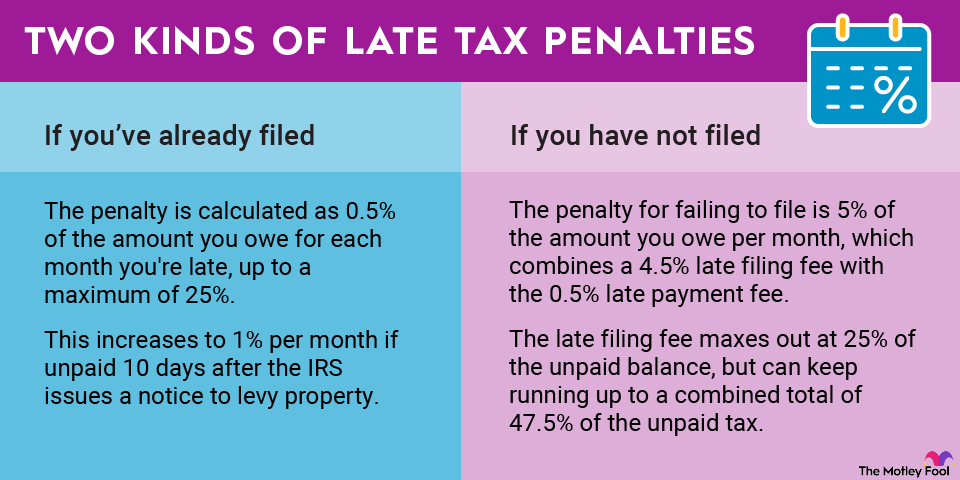Plugging that number into our formula, we can quickly calculate that this growth represents a 20% projected growth rate. With that number in hand, we can analyze the company's organic growth rates, we can compare this product launch to product launches in the past, and we can even understand how each new product is driving the company's growth over time. We can also review that growth in terms of the rest of the financial statements to understand the impact on cash flow, on inventory needs, or on increased operating expenses.
All of these more advanced analysis techniques start with understanding the projected growth rate. Instead of simply accepting that the new product will increase sales positively, now we can analyze the impact of that change objectively and understand the likelihood of continued success in a much deeper way.
Keep this in mind, however
At the end of the day, any projection is just a best guess. No matter how confident a company's management may be, the reality is that any projection has the very real possibility of being wrong. The assumptions you make about sales growth rates, new customers, and potential dollar amounts are all just best guesses. Any inaccuracy in those guesses will create an inaccurate projection.
Keep that in mind as you work through these analyses. Projections are powerful tools, but they should always be taken with a grain of salt.




















